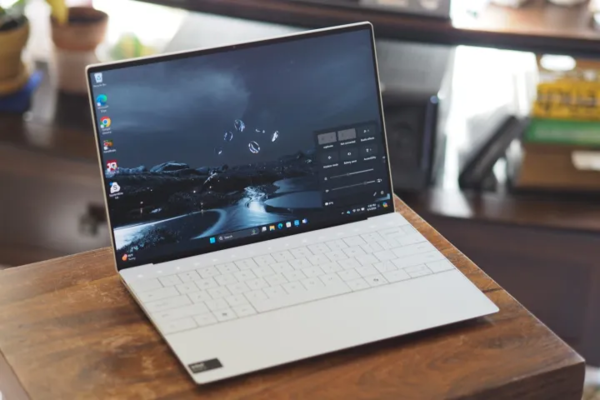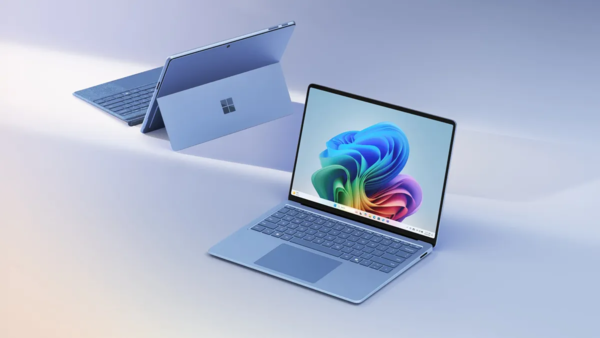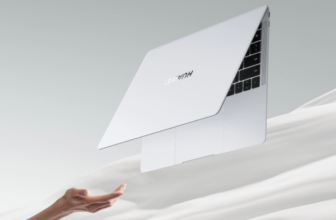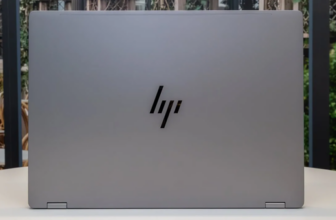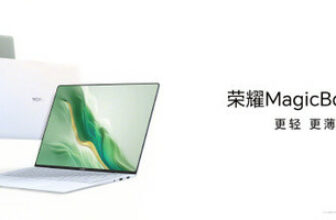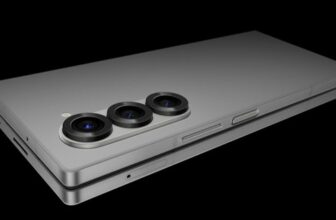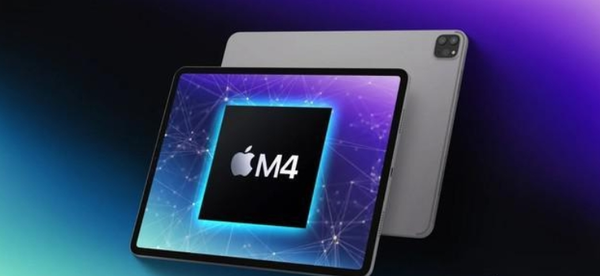
[Gearbest Technology]When the new M4 iPad Pro appeared with Tandem OLED technology, it really sparked a lot of topics. After all, this technology seems to have cracked a long-standing pain point for OLED screens. After experiencing it personally, we can say with certainty that it performed well.
Therefore, many people are very excited to see Windows laptops keep up with the trend and quickly embrace this technology. Among them, the first to debut is the new Dell XPS 13 Copilot+ notebook. But when we start to dig deeper into the mysteries of Tandem OLED, trying to figure out what it is and how it works, things are not as simple as we think.
Why is OLED connected?
Connect OLED in series, you can tell by the name. It is a display technology that stacks two OLED panels together. But before talking about why it is powerful, let’s talk about the basics of OLED first.
OLED, that is, organic light emitting diodes, each pixel is a light source itself, unlike traditional LCD screens that require backlight to pass through the liquid crystal layer to display images. This means that the OLED screen can independently control the switches and colors of each pixel, thus presenting deep black, pure white, and more realistic colors.
However, OLED also has shortcomings, such as limited brightness (although it is good, but not top-notch), and energy consumption issues, especially when displaying pictures with higher brightness. In contrast, technologies such as mini-LED can provide higher brightness, while low-power IPS panels can save more power. These issues are especially critical for laptops.
The emergence of series OLED technology is to overcome these challenges, and may solve the two major problems of brightness and energy consumption in one fell swoop. The focus of Apple’s tandem OLED on the new iPad Pro is to increase brightness, which is crucial to displaying HDR content. Apple calls it “Super Retinal XDR” display, which is an echo of the “Liquid Retinal XDR” mini-LED panel in the MacBook Pro. In addition, OLEDs in series can also help extend screen life because each OLED layer does not have to over-luminously.
Apple claims that the new iPad Pro’s tandem OLED screen can reach 1,000 nits brightness under SDR content and 1,600 nits under HDR content. Although Apple has not publicly discussed efficiency, the new iPad Pro is thinner than the previous mini-LED version, and the battery life is consistent. This means that the new screen is at least more energy-efficient at high brightness. Therefore, connecting series OLED not only makes the screen brighter, but also saves power, which is indeed a major technological advancement.
Dell’s tandem OLED notebook
Dell’s newly launched XPS 13 Copilot+ has a special tandem OLED screen version. While we were waiting for this laptop equipped with Qualcomm’s battery-saving version of Snapdragon X Elite Arm processor, we found that its screen was exactly the same as the Intel Meteor Lake version of XPS 13, which was surprising.
This is because although this screen inherits the classic OLED darkness and bright and precise colors, its brightness does not reach the level of dazzling that Apple iPad Pro promotes. Moreover, there was no mention of OLED in the product promotion at that time.
Dell gave this explanation:
The series OLED screen used in XPS 13 was created by us and our partners. By superimposing multiple luminescent layers, this technology significantly improves the efficiency of OLED screens. In this way, under the same battery capacity, the screen has higher brightness and longer life. The superimposed light emitting layer makes the new series OLED screen more efficient, and can emit more light than the single-layer OLED screen with the same power on the market.
Given that OLED screens are usually power-consuming than traditional IPS LCD screens, reducing energy consumption is particularly important. The new series OLED design of XPS 13 saves power than old single-layer OLEDs when the brightness remains unchanged, which directly extends the battery life. The new design and series technology make the machine thinner and lighter, and the XPS 13 is 3% thinner and 5% lighter than the previous generation.
We set the brightness standard for all XPS OLED screens at 400 nits, because even so, their contrast is much better than the 500 nits IPS screens. The new design combines tandem technology to bring HDR TrueBlack 500 effect, with a contrast ratio of up to one million to one, and can display 1.07 billion colors.
In short, Dell values efficiency more than brightness. The brightness of the XPS 13’s series OLED screen is measured to be 482 nits, which is brighter than some other OLED screens, but it is still incomparable to the iPad Pro. Generally, the brightness of the OLED screen is only about 400 nits, so Dell’s screen exceeds the average level.
Dell also said that battery life has increased by 10%. The XPS 13 OLED version can last 7.25 hours for the Internet, while the IPS version is 14 hours, which is similar to other Meteor Lake version OLED machines. As for the 10% increase, we are not sure.
Connecting OLED notebooks remains to be seen
Apple’s application in Tandem OLED technology, at least from the data, is really eye-catching. It would be better if you can have high brightness without sacrificing too much battery life. It is just that we cannot give an exact verification of this point, whether it is positive or negative.
Dell’s approach is also quite attractive in theory. But it is a bit difficult to say whether the XPS 13’s series OLED screen is really more efficient and has substantial help to the laptop’s battery life.
In any case, we are still looking forward to seeing Windows laptops, or even MacBooks, and finally using a series OLED panel, which not only improves brightness, but may also shine on gaming laptops that do not require so strict battery life. After all, higher brightness always adds points to the visual experience.
magicCubeFunc.write_ad(“dingcai_top_0”);

